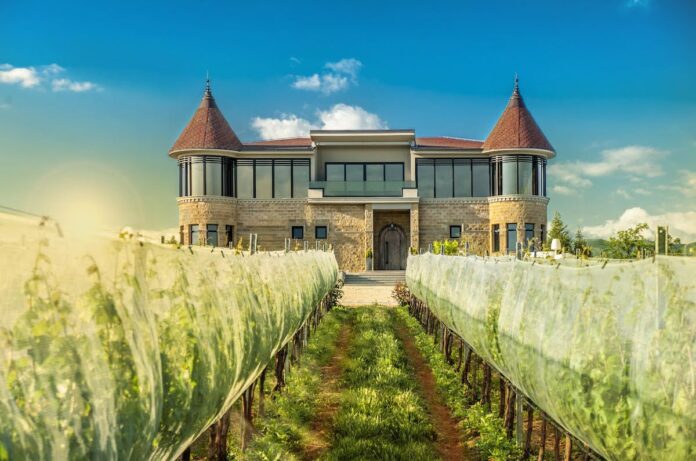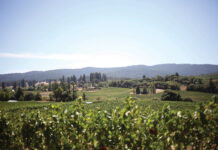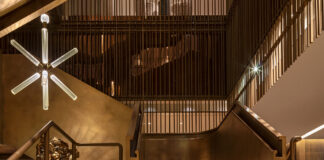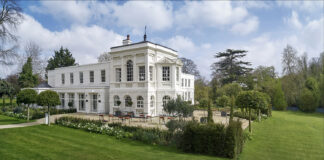If you were an Ancient Roman or an Ancient Greek, what would you have drunk? New World wines were centuries away from their first vintages, and even the French wine industry was relatively new. If you had wanted something special to impress your guests, there is a good chance you would have looked to the Balkans and, in particular, to what is today North Macedonia. The wine makers here have 4,000 years of experience in viticulture. They supplied grapes to Alexander the Great and his soldiers, and traded large quantities of fine wines with the Romans.
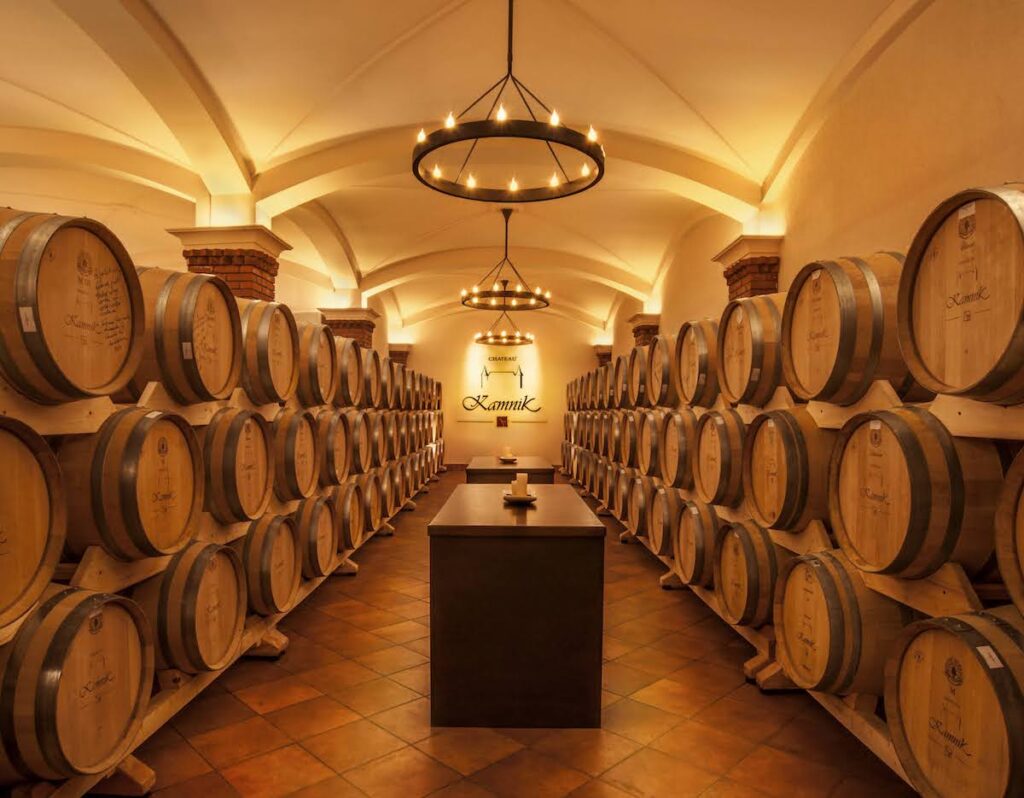
The reason you are unlikely to have heard of — let alone tasted — Macedonian wines is that during the 20th century almost all the production was consumed within Yugoslavia. Few bottles made it further afield, and certainly not to the West. Fortunately for wine lovers, however, there has been a resurgence in wine making and, in particular, the production of high quality wines using traditional grape varieties, since the country became independent in 1991. The Vardar River Valley divides North Macedonia in two, and is now home to more than 21,000 hectares of vines and wine routes which will enable you to explore Macedonia’s long winemaking heritage.

Skopje, North Macedonia’s vibrant capital, sits on the upper part of the river. Inhabited since neolithic times, the city grew rich and influential as it was situated on a major trading route to Athens. Skopje’s Byzantine aqueduct, the medieval Skopje Fortress, and the exquisite structures of the Church of Saint Panteleimon and Aladza Mosque, not to mention the quirky Brutalist architecture of the Telecommunication Centre and the Church of Saint Clement of Ohrid, reveal the multi-layered cultural complexity of the city and its people.
As a wine enthusiast, Skopje is likely to be your first port of call in North Macedonia. Flights land at Skopje International Airport, from where it is just a 20-minute drive to Chateau Kamnik, one of North Macedonia’s newest but most exciting wineries.
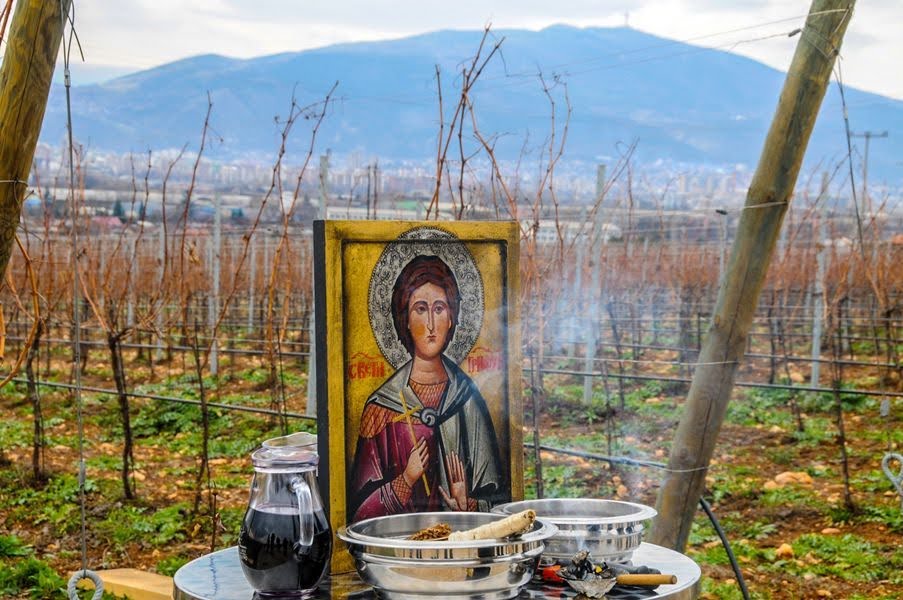
Chateau Kamnik was founded in 2004, and within five years of planting its first vines, the winery was already winning international awards, taking the Trophée de Excellence at Les Citadelles du Vin in France in 2009. The accolades have continued stacking up, including a Gold Medal and the prestigious Regional Trophy for Central and Eastern Europe for Chateau Kamnik’s Terroir Vranec 2011 Grand Reserva at the Decanter World Wine Awards in 2013. More recently, the winery won a medal at Syrah du Monde 2020, where it was ranked second on the list of Top Ten World Syrahs.
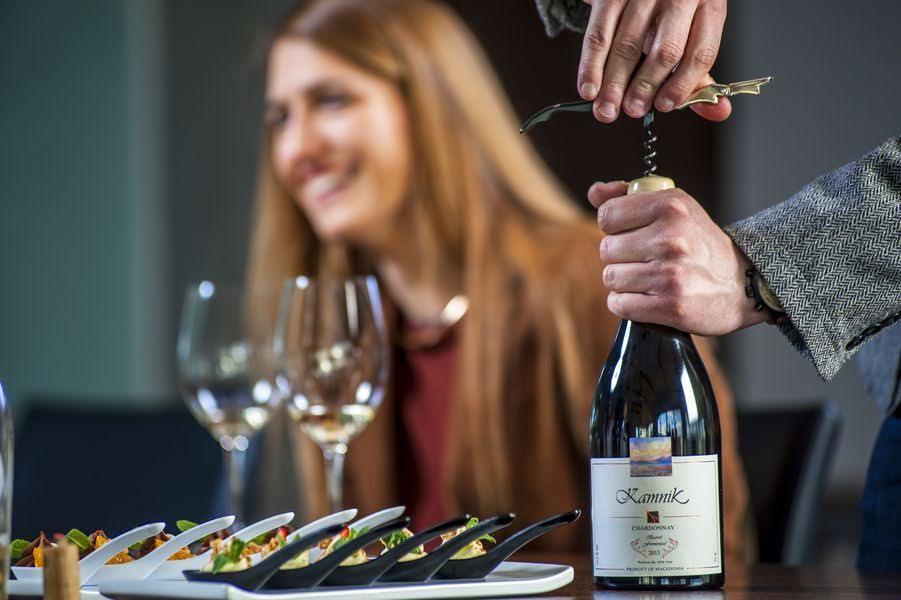
Currently, Chateau Kamnik has 17 hectares of vines, planted with 5,500 vines per hectare. The vineyards are on the southern slopes of the hills to the east of Skopje, at an altitude of 300m above sea level. The local microclimate keeps the soils warm in winter, whilst the light mountain breeze prevents temperatures rising too high in summer. This is important when daytime temperatures can easily reach 104 degrees Fahrenheit. The vines are immaculately kept and clearly flourishing, which makes for a magnificent view from the modern chateau housing the winery.

Vranec is an indigenous grape in the Balkans, and 90% of all the Vranec vines in the world are growing in North Macedonia. The grape has a dark red colour and grows well in the region’s humid climate and fertile soils. As a wine, Vranec matures to a rich purple-red, with a strong body and wild berry aroma. Many sommeliers note overtones of chocolate, and some even suggest it can taste of coffee or liquorice, though in my mind it is the fruitiness of plums and pomegranates which dominates Vranec’s flavour profile. World Vranec Day is celebrated on 5th October with a wine festival and tastings in Skopje. If you are keen to taste the full variety of Vranec wines, from as many as possible of North Macedonia’s wine makers, this is the event to attend. It is conveniently at the end of the grape harvest in the later summer and fall, which adds to the festive atmosphere.
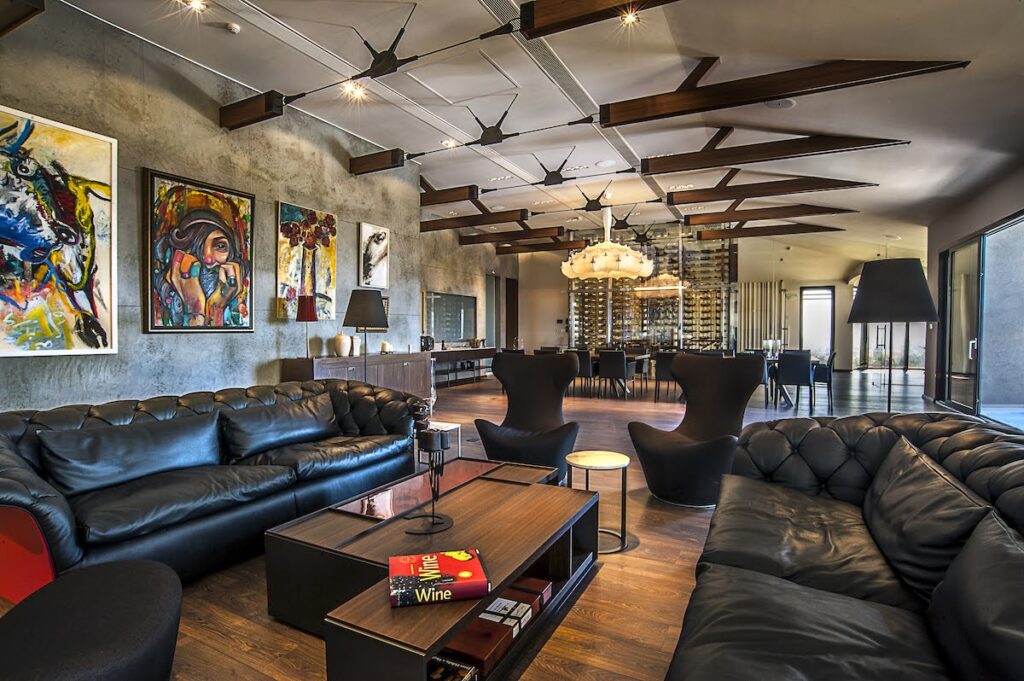
Although Vranec is culturally important in the Macedonian wine industry, Chateau Kamnik is able to grow and experiment with nearly 20 different grape varieties. Some, like Cabernet Sauvignon and Pino Grigio, will be very familiar; the likes of Greco di Tufo and Temjanika are a little more unusual. The same is true of the wines, which are made here in modern tanks, and then, in the case of the red wines, aged in French and American oak barrels for up to 32 months. The sparkling brut made with 100% Chardonnay, and the excellent Pinot Noir 2017 are a fine introduction to Chateau Kamnik, but it is then well worth being a little more adventurous and tasting something like The Orange, a powerful wine with a hint of honey, which gets its distinctive colour and flavour from six months of skin maceration, followed by several months of ageing in oak barrels.
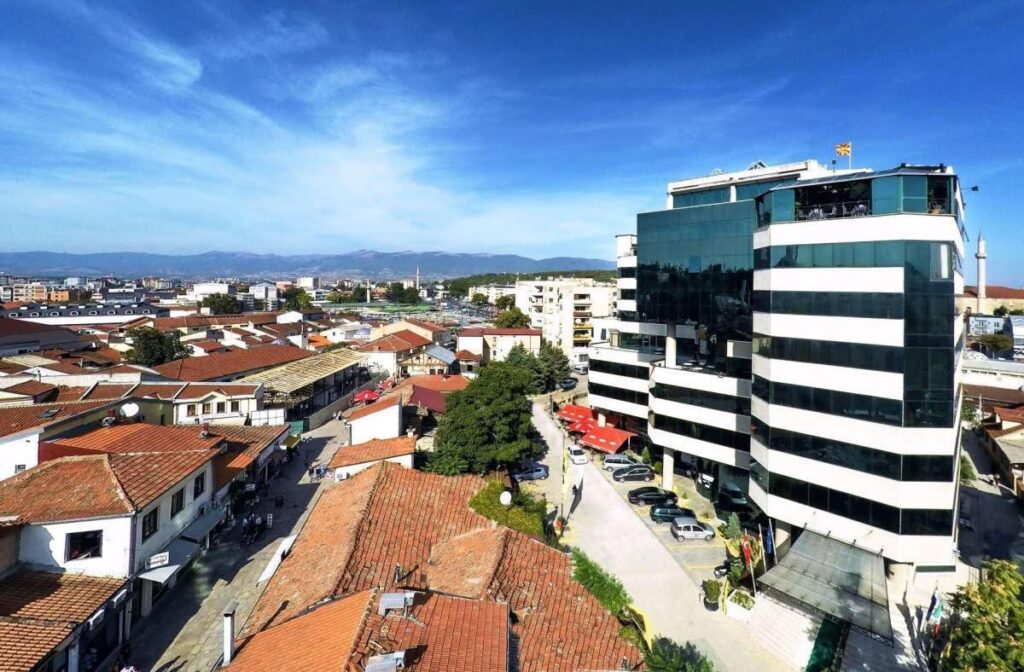
Within the grounds of Chateau Kamnik, you will find The Hunter’s Lodge, a meeting place for the Knights of the European Order of Wine Knights in North Macedonia. The order exists to nurture and preserve the diversity of European wine culture. Wine lovers are treated to a wine list of over 150 wines, including the very best Macedonian wines. These wines can be enjoyed in an extensive vertical or horizontal tasting, or paired with some superb homemade cuisine. The cold meats, selection of cheeses and salads will stimulate your palate and build up an appetite for specialties such as Chef’s Game or Kamnik Beef Steak.

There is simple accommodation at The Hunter’s Lodge should you wish to spend the night on site, but the best option is to stay nearby at Hotel Arka, a 5* property situated alongside Skopje’s Old Bazaar. The commercial centre of the city since at least the 12th century, the Old Bazaar is one of the oldest and largest marketplaces in the Balkans. The hotel’s views across the churches, mosques, tombs, and clock tower of this historic and undeniably photogenic part of the city are superb.

Hotel Arka’s rooftop bar is the place to be as the sun sets over Skopje, though the seventh floor Panoramic Bar is a close contender. Minarets and domes are silhouetted against the roaring, fiery sky, and then the twinkling lights of the city turn on. On a warm summer’s evening, with just the hint of a breeze, I can think of nothing I would rather drink than a glass of Chateau Kamnik’s orange wine, and nowhere that I would rather be.
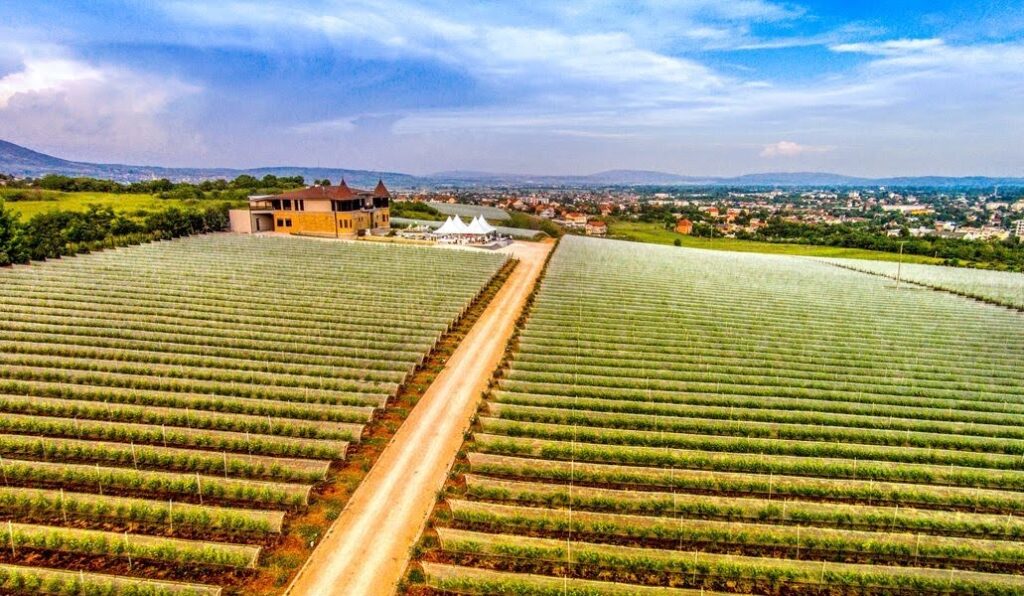

Digital Version
Subscribe to Swanky Retreats Magazine’s DIGITAL version. Read the latest issue online or download it to your computer.

